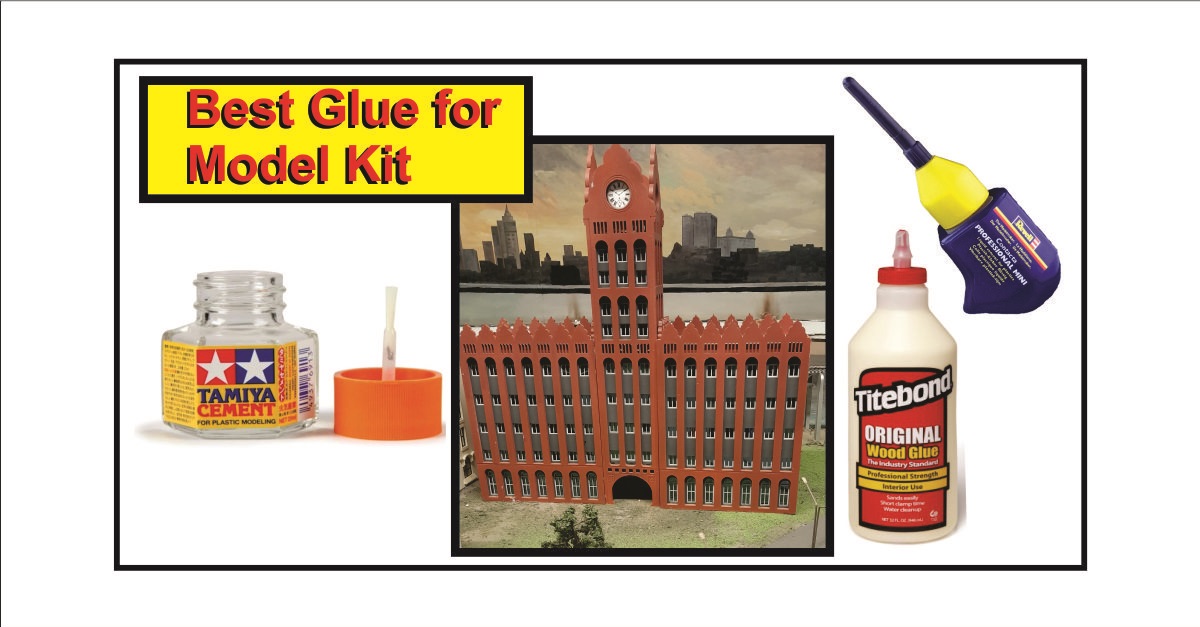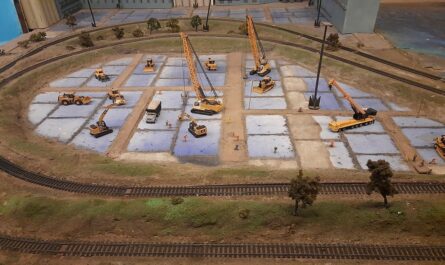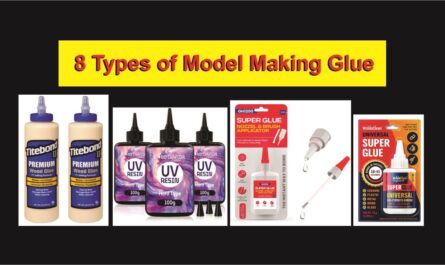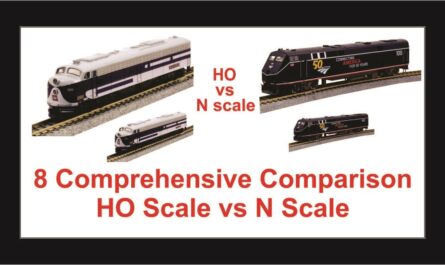Using Best Glue for Model is extremely important because Building Kits are important part in train model layout, it gives life to layout. So right glue will increase life of your models. here are some strong, reliable, and suitable glues for specific materials involved, some popular glue options are:
For Plastic Kits
1. Tamiya Extra Thin Cement: A popular choice among modelers, this glue is ideal for plastic kits and dries quickly. It is nothing but chemical solution mostly Acetone. But you can also use different chemicals if you have…. Toluene, benzene, Acetone are use for plastic kits which made with PVC, PP etc… and for Acrylic sheets only Chloroform is Best. These all chemical solvent help to melt plastic sheet for while and when we press two parts it gets weld to each other. Handling these chemicals are very risky. take proper precaution as they are hazardous chemical.
2. Revell Contacta Professional: A strong and flexible glue suitable for plastic, resin, and metal parts. its extra thin hollow needle helps us to pest glue on exact point where require. you can Remove and burn needle if it chock up.
3. Testors Plastic Cement: A classic choice for plastic models, this glue is easy to apply and dries clear.
For Wood Kits
1. Titebond Original Wood Glue: A high-strength, waterproof glue perfect for wood kits and woodworking projects.
2. Elmer’s Wood Glue: A reliable and easy-to-use glue suitable for wood kits and general woodworking.
3. Gorilla Wood Glue: A strong and durable glue that’s resistant to moisture and temperature changes.
For Resin or Metal Kits
1. Epoxy Resin Glue: A strong and durable two-part glue suitable for resin, metal, and other materials.
2. Super Glue (CA Glue): A fast-drying, high-strength glue ideal for bonding metal, resin, and plastic parts.
3. J-B Weld: A two-part epoxy glue that’s perfect for bonding metal parts and creating strong, durable joints.
Precaution For Using Model Glue
- Read instructions before using and follow any recommended application procedures.
- Use in a well-ventilated area: Many glues emit strong fumes, so make sure to work in a well-ventilated area.
- Test on a small area first: Before applying glue to your kit, test it on a small, inconspicuous area to ensure it doesn’t damage the materials.
- Remember to choose the right glue for your specific kit and materials, and follow proper application procedures for the best results.



